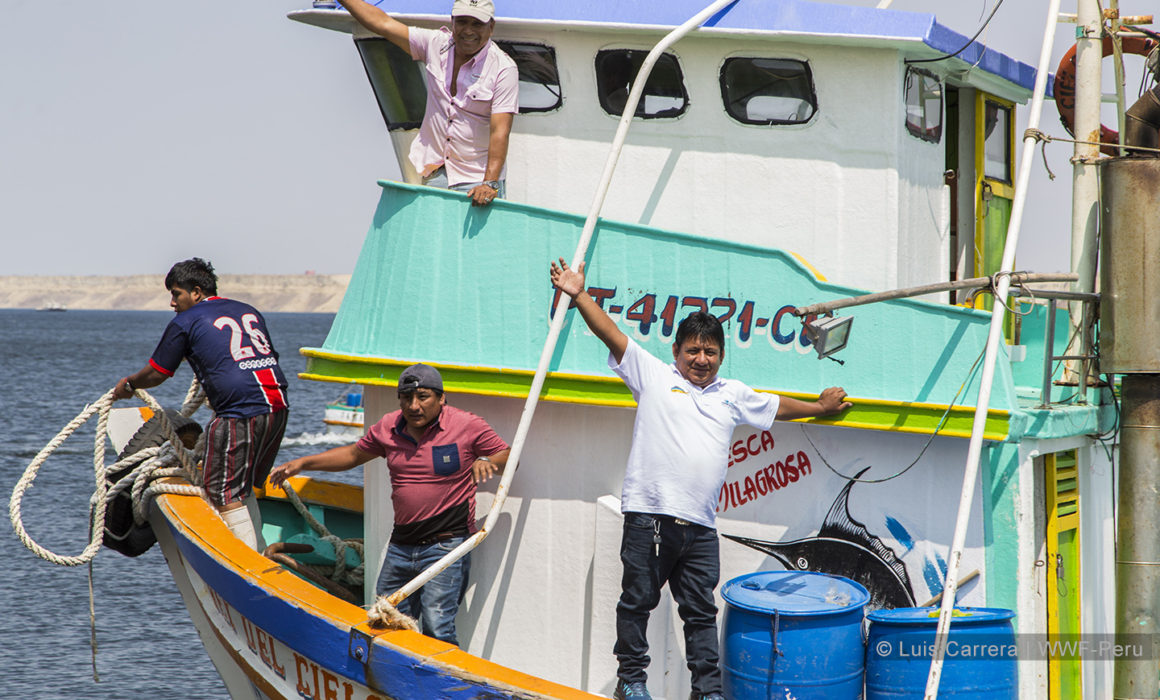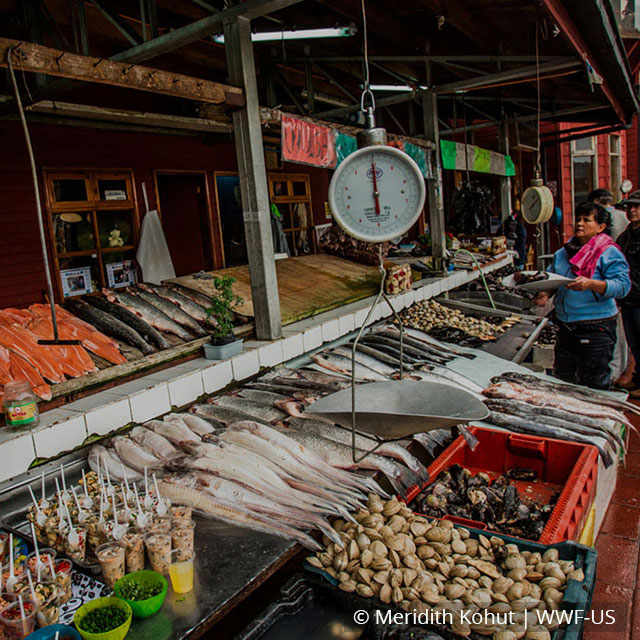US businesses are backing Peru’s mahi mahi fishery in a big way. The Peruvian government recently received a letter from 26 major US-based seafood buyers and importers pledging their support for the Peruvian mahi mahi fishery improvement project (FIP) and urged officials to actively participate in the advancement of the fishery toward the MSC standard. The US is the top importer of mahi mahi from Peru, so this level of economic demand for responsibly sourced seafood is especially significant.
The letter came upon the heels of November’s International Mahi Mahi FIP Workshop, held in Lima, Peru, during which dozens of seafood buyers and sellers, scientists, environmentalists, and international government officials convened to discuss the advancement of the FIP.
Peru’s mahi mahi fishery is significant to different groups for different reasons. For seafood consumers – whether they know it or not – it is the biggest source of mahi mahi in the world. For seafood companies, grocery stores, and restaurants, it provides a key product offering and source of profit. And for the more than four thousand artisanal fishermen that work in this region, it is the core element of their livelihood and a vital source of income.
Like many fisheries, however, the Peruvian mahi mahi fishery’s long-term sustainability faces challenges. The migratory nature of mahi mahi requires international cooperation from neighboring countries including Ecuador and Costa Rica, and agreement regarding stock boundaries, fishing methods, and other management strategies. In addition to securing the future viability of the fishery as a source of food and income, it is also important to find solutions to unintended environmental consequences of mahi fishing in this region, such as bycatch of sea turtles and sharks.
This is why, in 2013, WWF teamed up with stakeholders including seafood companies, scientists, international government officials, and local fishermen to implement the FIP. The ultimate goal is to increase sustainability to a level that meets the MSC standard, a benchmark of sustainability increasingly demanded by consumers in the U.S. and abroad that assures them that the food on their plate can be traced back to a sustainable source.
Since implementation, the FIP has achieved a number of successes, including the establishment of a closed fishing season from May to September to protect juveniles, which occurred in 2014; the adoption of a National Plan of Action for the Conservation and Management of mahi mahi by the Peruvian government, which was developed in June of 2016; and the first-ever preliminary regional stock assessment for mahi mahi in the Eastern Pacific Ocean, which was developed by scientists from the Inter-American Tropical Tuna Commission (IATTC) in May of 2016. The stock assessment results contribute to scientific understanding of mahi population dynamics in the region, and will be used to update the species’ stock status in the region by late 2017.
Ongoing activities of the FIP include working to reduce sea turtle mortality by training fishermen to better handle and release turtles entangled in fishing gear, as well as improving data collection by educating fishermen on the importance of using logbooks. You can learn more details on the project on fisheryprogress.org.




